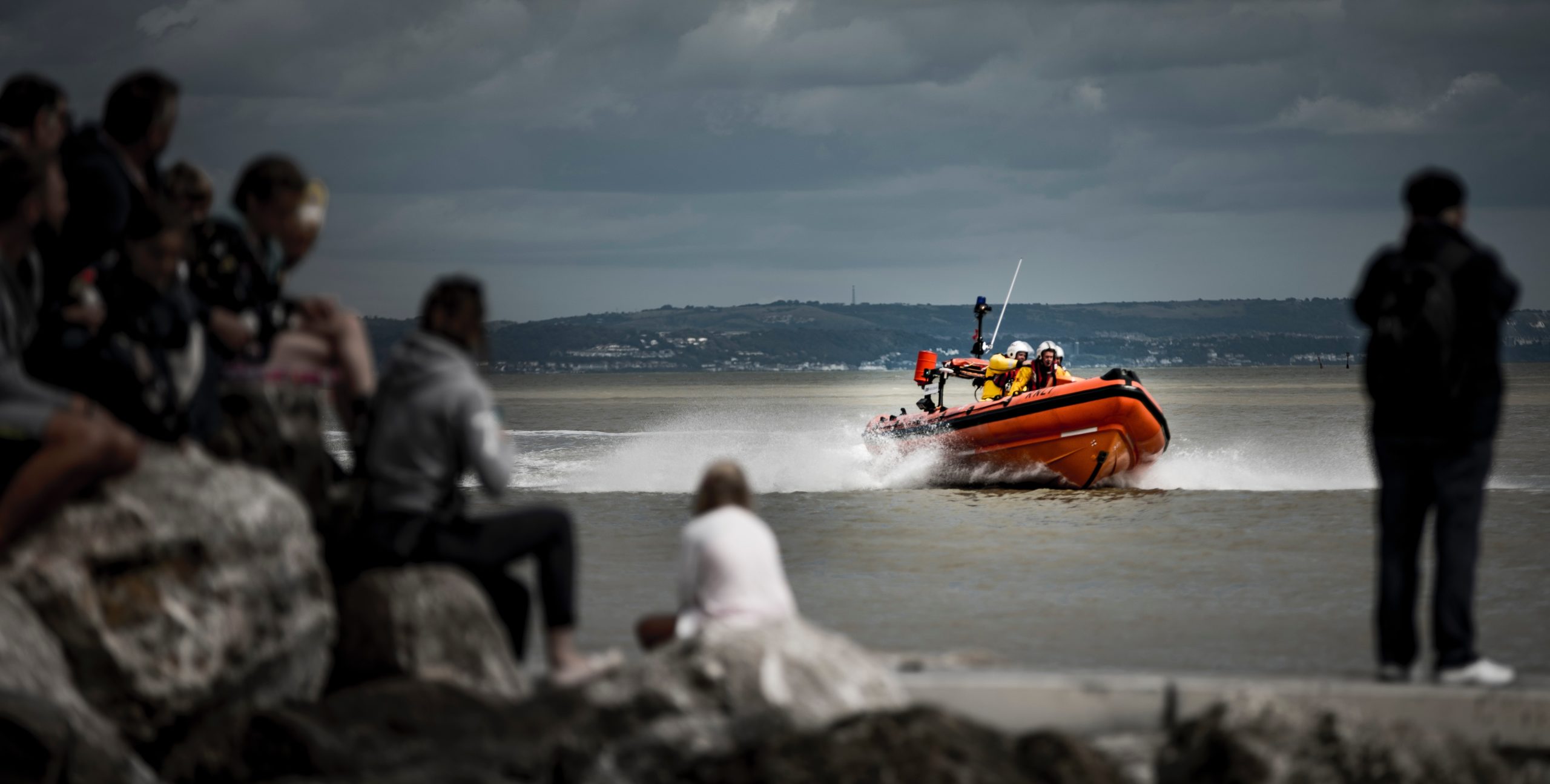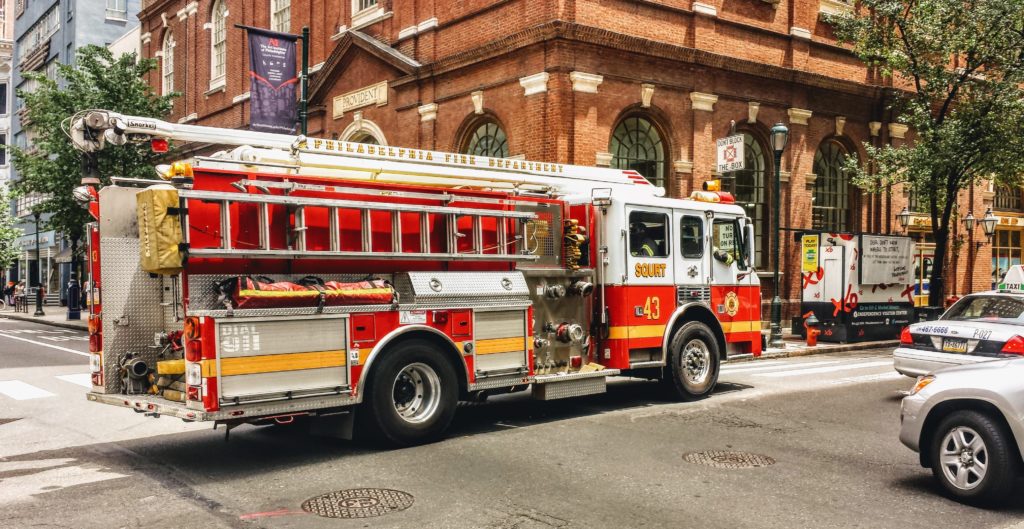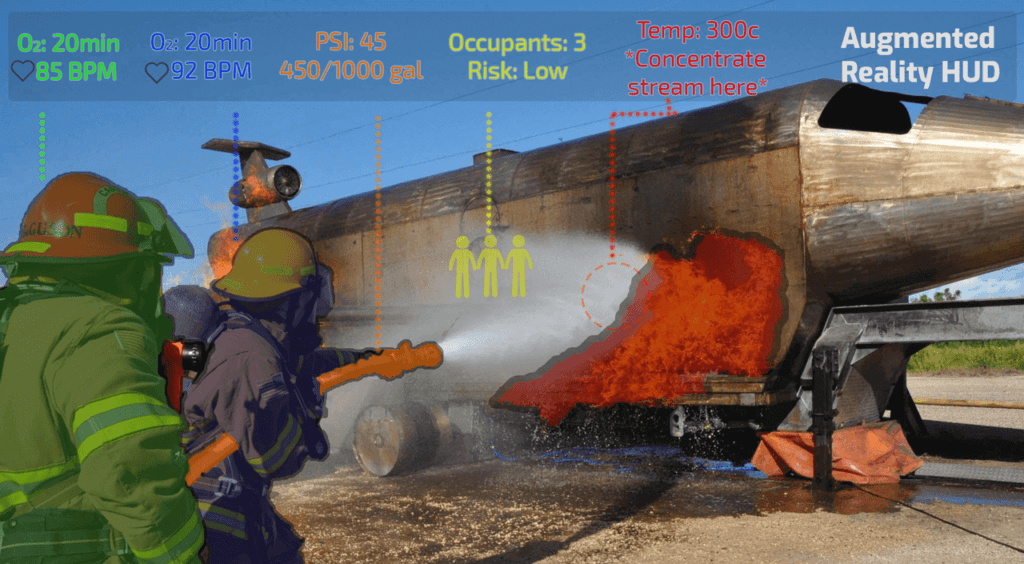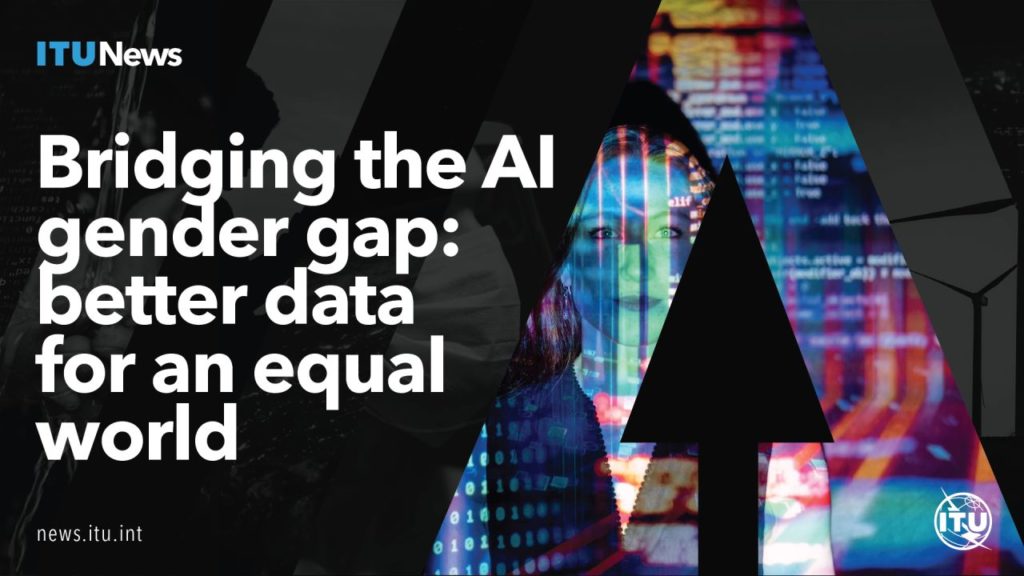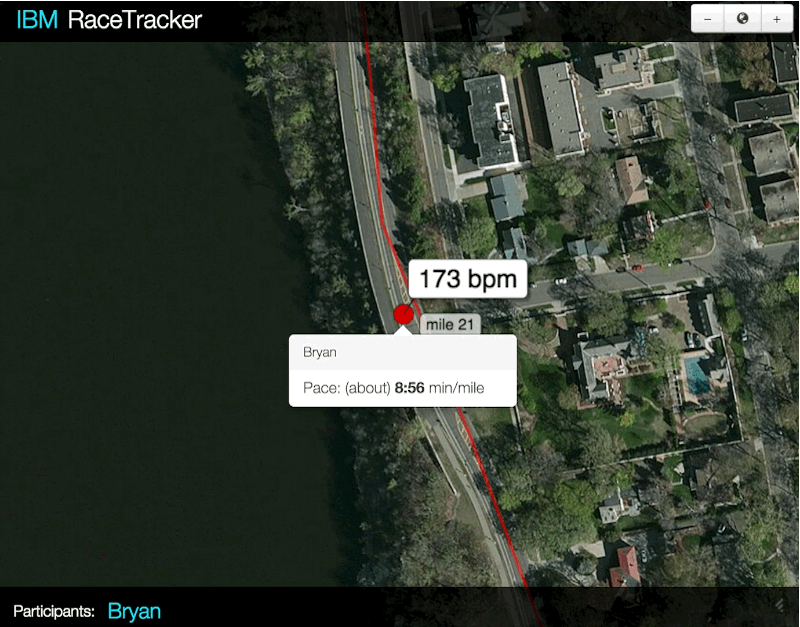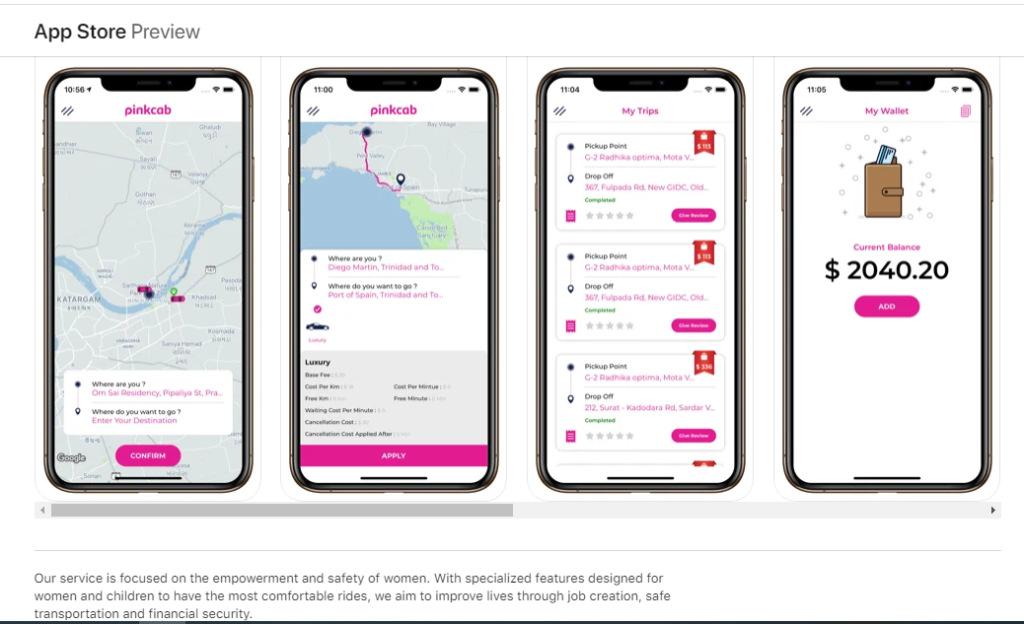Connecting Public Safety Technology to be victim-centered, pro-active, and pre-emptive to save lives at 21st century levels
with an alliance of organizations, individuals, and victims supporting creating rescue technology, applications, and systems.
● We work on creating alliances and collaboration, as collaboration is lacking today. There are many individuals and start ups, all with different specialties, but they are not working together or are unseen.
● Victims are continually left out of these conversations and focuses, causing massive loopholes and disconnects between management and victims, as well as for the purposes of technology.
● It’s not centralized or comprehensive, or victim-centered, which makes most cases not prevented, victims not as quickly rescued, it’s not accurate, and the aftermath is not legalized/solved.
● Sides of incident types will not collaborate with each other. Types of incidents will be focused on more than others, even if important. City, county, state, national, and international are not collaborating, and need to.

